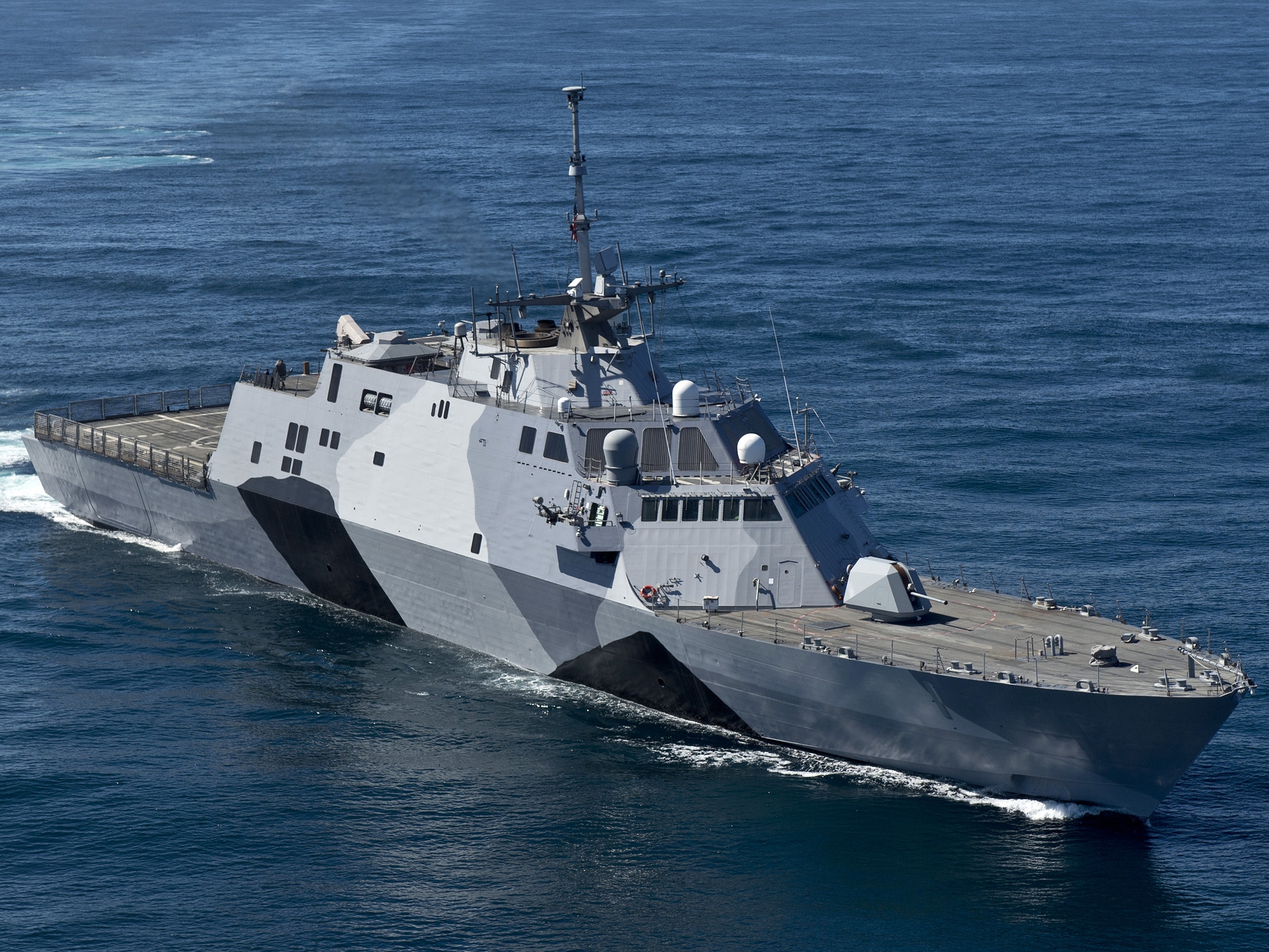Hmmmm;
Ships . Not very colorful now are they ? Navy ships especially since 1936 . Grey or Sea Blue or combinations thereof . The reason I made the comment about " the Great White Fleet is this .White hulls , Buff upper works ( or Mustard if you prefer , Spicy maybe ? ). They looked Formal and Formidable .
The Ships of the modern navies are grey for a reason . Visibility . They were and are harder to see at a distance . And the engineers and such got their " E " for not making smoke . The less smoke the more efficient they were .
Lotsa smoke either coal or the very early oil fired ships ( there is a learning curve there . Our captain would have ponies if we showed smoke at any time except when blowing tubes . ( to blow tubes ) Proceed to commence blowing tubes by injecting steam into same while turning the nozzles .This will free soot buildup in the unptakes .
It was usually done once a watch on request to , and approval of the bridge and officer of the deck .
That was near impossible to do with coal . So white became grey for two reasons . Now the Decks same thing , have you ever seen a wood deck after six or eight months at sea ? So to shield from spotter planes , Cadet Blue or Deck Grey , ( Blue Grey) was and is , used on all horizontal surfaces .
If you get a plethora of Navy ships in a harbor , now , all you see is grey . Wouldn’t it be nice if this was different ? Except Cruise ships , commercial vessels have gone from Black hull , White or Buff upperworks to Blue , Green or Buff hulls , still with White or Grey-White upperworks . Used to be if there were ships in port you could tell whose they were by colors . Now they have to spell it out in Giant letters on the Hull sides .
there also used to be another recognition factor , Stacks ! Yup , you could tell who was who by house colors on the stacks . Buff Stacks , Black tops , with a dark blue M , for instance , was Matson navigation colors . Marad is Grey Stacks with Red , White and Blue bands on the stack just under the black top band .
So you see the ways we identified ships is fading away . Even during W.W.2 you could tell a Kure or Sasebo ship of the I.J.N. by the color of grey . Ours was four different colors of Grey depending on northern or southern yards and which coast . The (" easters ") I call them were heavier in the Bluer grey .The Atlantic is a different hue than the Pacific in the fog .
Of Course there are exceptions to every situation and the cruise lines have proven that . Sunbursts and other patterns on the sides of their ships . . My gosh depending on the routes Murals even ! T.B.




